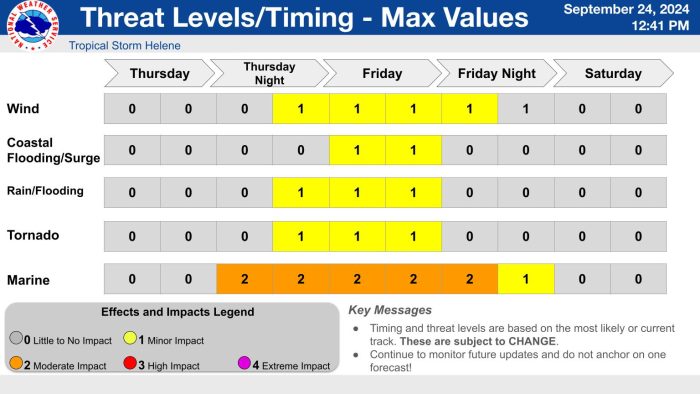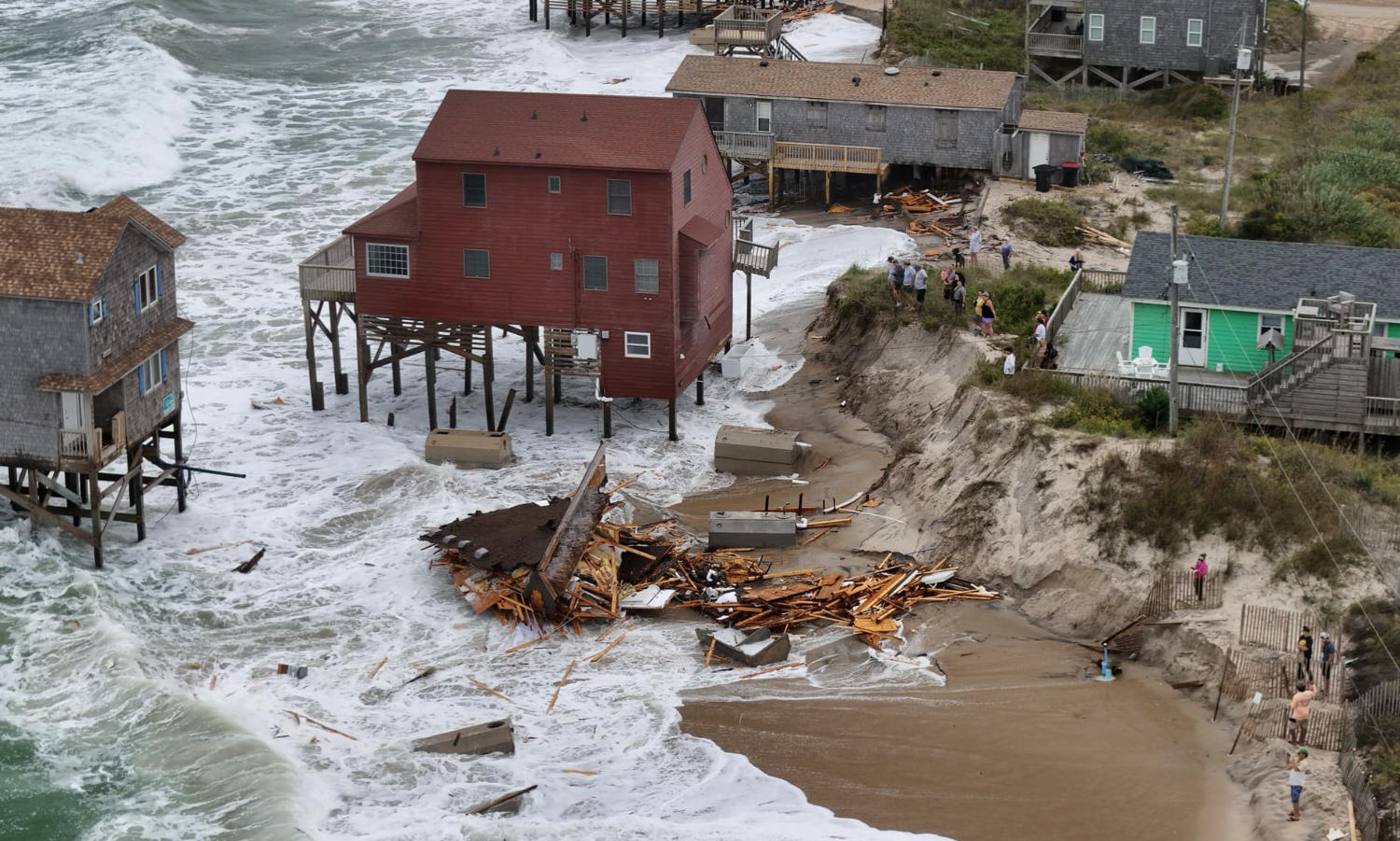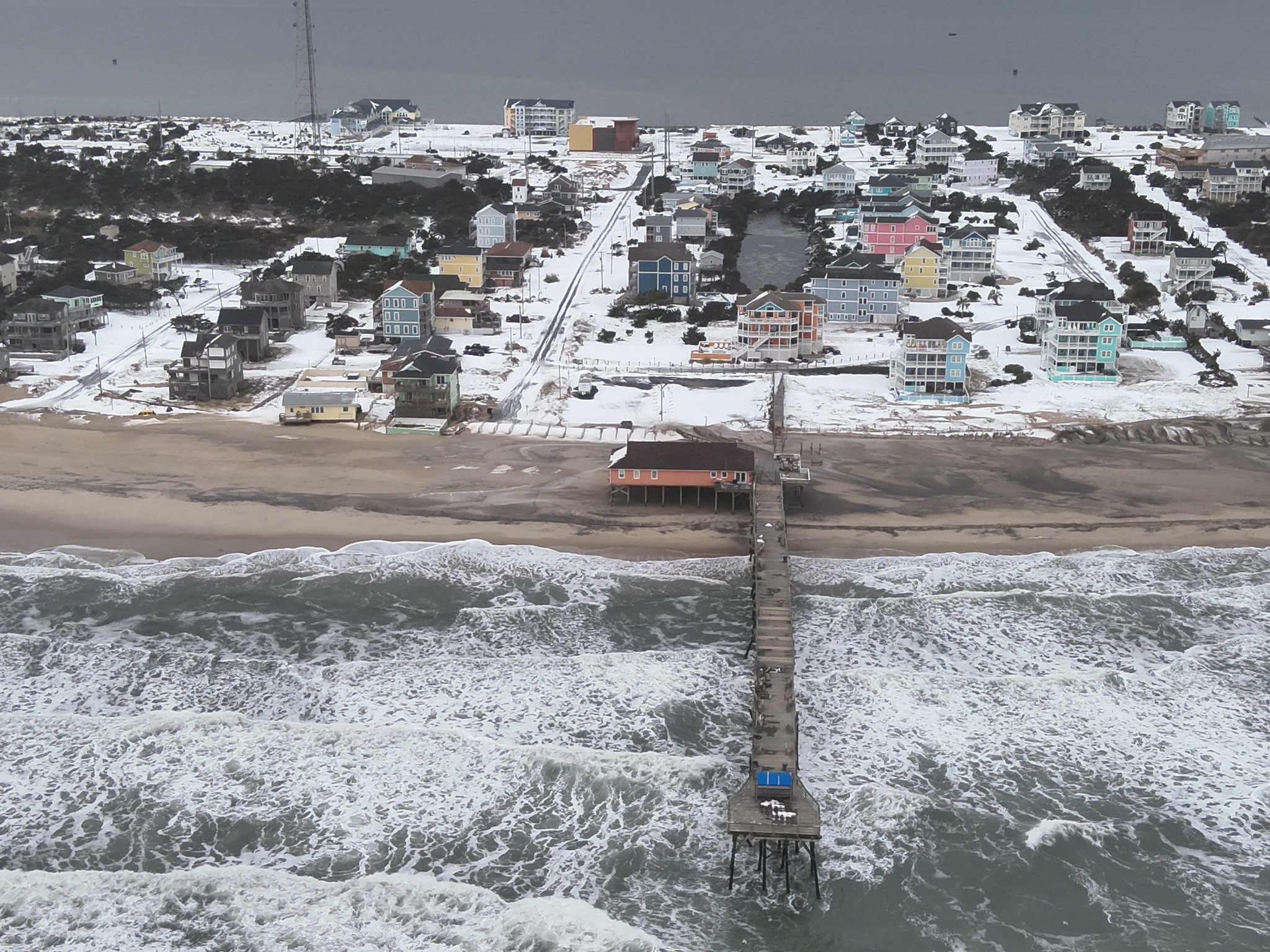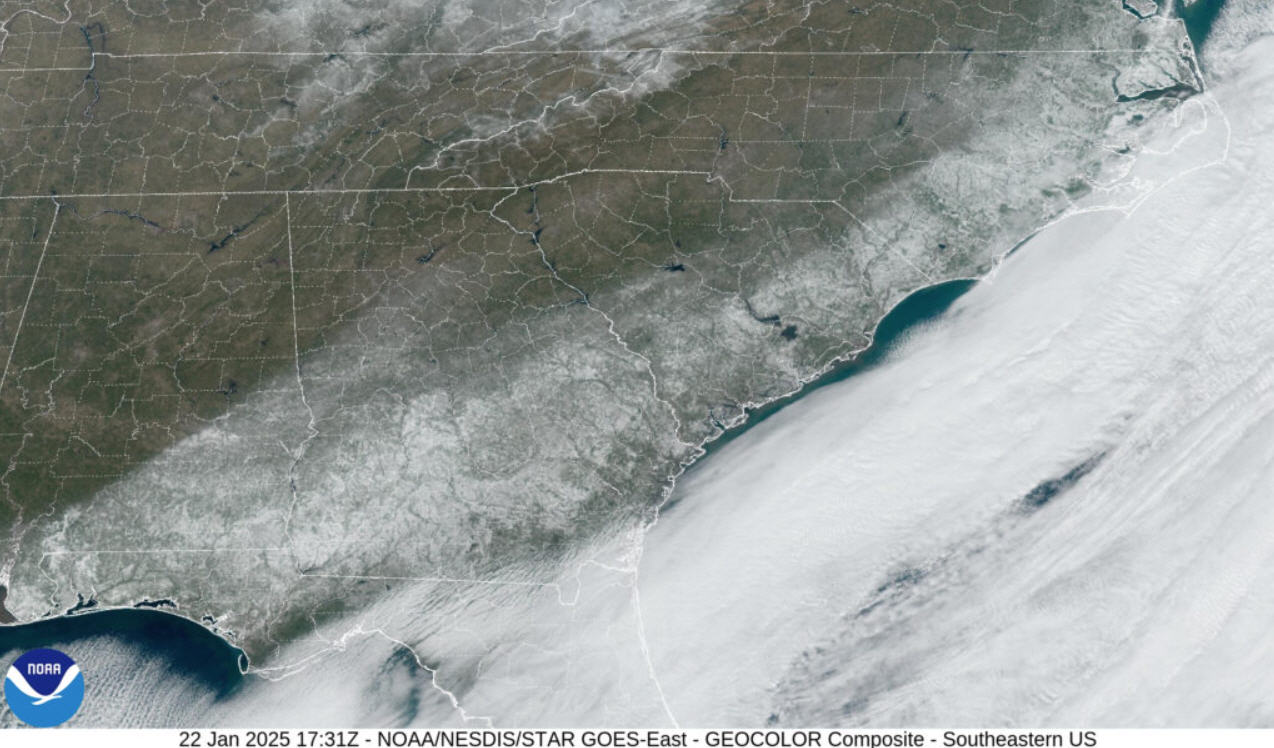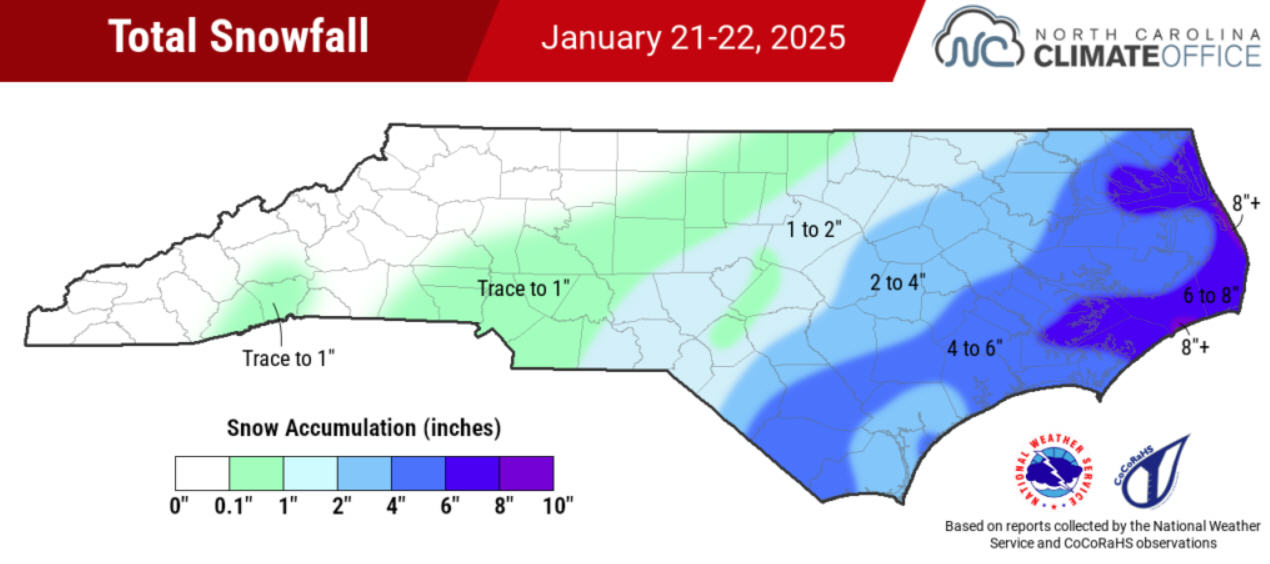Outer Banks expected to avoid Helene’s worst, may see some rain/wind
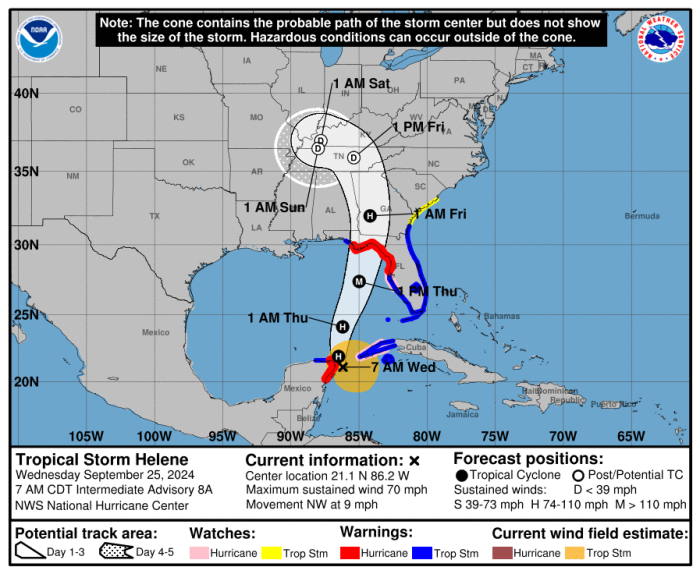
The Outer Banks and eastern North Carolina will likely avoid significant impacts from Helene, which became a tropical storm on Tuesday, and is forecast to intensify into a major hurricane before making landfall along the Florida Panhandle on Thursday.
But the eastern N.C. region could still see some rain which may cause flooding due to already saturated soils, a few thunderstorms with isolated tornadoes, and gusty winds, especially on the southern coastal waters.
“While the current track would keep the most significant impacts to our west, this will be a large storm and we may still experience at least some impacts in Eastern North Carolina,” said forecasters at the Newport/Morehead City office of the National Weather Service.
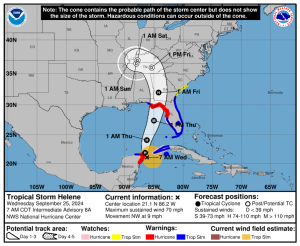 The latest forecast from the National Hurricane Center calls for Helene to reach category 3 status, with maximum sustained winds of 115 mph by Thursday as it moves over the warmer-than-normal waters of the northeast Gulf of Mexico.
The latest forecast from the National Hurricane Center calls for Helene to reach category 3 status, with maximum sustained winds of 115 mph by Thursday as it moves over the warmer-than-normal waters of the northeast Gulf of Mexico.
Following landfall, the center is forecast to move inland while the system grows in overall size as it moves through the southeast U.S., over the Appalachians, and into the midwest.
The heaviest rainfall is expected over the mountains and Piedmont of North Carolina.
Timing for our area to see any impacts is currently from late Thursday night through Friday evening, and mainly in areas south of Cape Hatteras, along the lower Pamlico Sound and below the Pamlico River.
Forecasters note that as this is a rapidly developing storm, changes to the timing and areas that are impacted could also happen quickly.
Ahead of the storm, the Outer Banks is expected to see typical early fall conditions on Wednesday with mostly sunny skies and highs around 80. Inland areas could see more clouds and few showers.
A Coastal Flood Advisory remains in effect for the beaches through Wednesday afternoon, due to the persistent onshore flow, waves from a distant offshore low pressure, and residual higher-than-normal tides caused by last week’s full moon.
Water levels of one to two feet above normal are possible one to two hours before and after high tide, which is around 2 a.m. and 2:30 p.m. on Wednesday.
Winds will start to shift directions on Thursday, and with water levels still elevated in the sounds and coastal rivers from last week’s rains, that could lead to some issues through the weekend in areas that normally flood on southerly winds.
